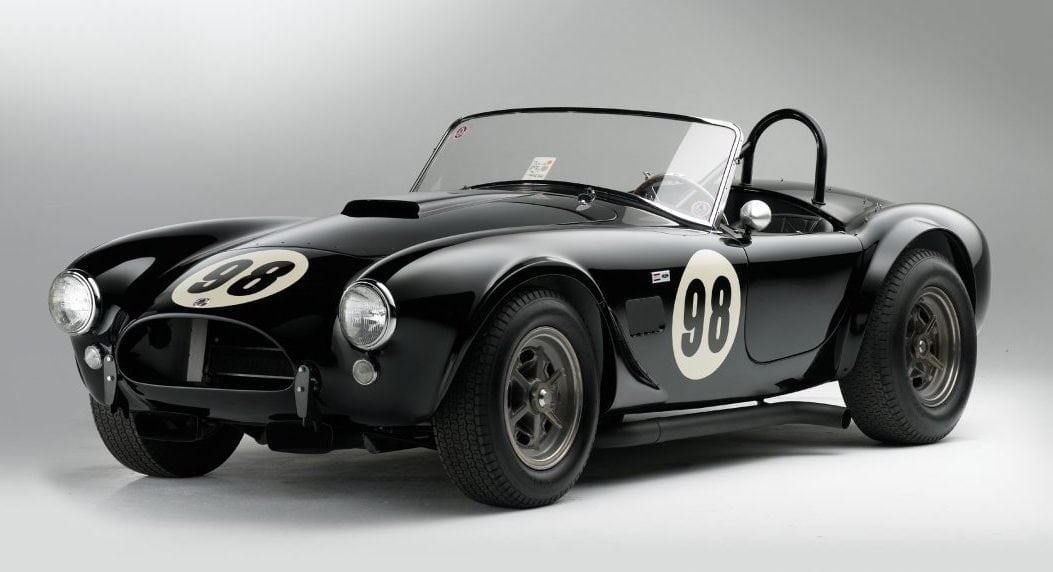Quintessential designs of the 20th century are all around us. These items are so familiar we often take their shape, color and ease of use for granted. Some of the best examples of design quintessence include the Coke bottle, the Monte Blanc fat black pen, the VW Beetle and the GE soft white light bulb, to name but a few. Though once new, over time these products have woven themselves into the fabric of our contemporary culture. These designs not only stand the test of time, but remain largely unchanged over decades because of their enduring beauty, utility and reliability.
To gain quintessence, however, a design must also be cross-cultural and multi-generational in its appeal. Very few products can reach this level. Even the smart phone, now roughly a decade old, exhibits a wide range of visual architecture even though they all perform the same basic functions. The Apple iPhone is a unique and successful design, but is it a shape that will last another 50 years and still maintain recognition as an enduring symbol across all cultures? Quintessence is something that creeps up on a design in a slow and quiet manner. When Raymond Loewy first penned the Coke bottle, he could not have imagined that the shape would endure as a lasting symbol of refreshment, but also as a symbol of American culture and youthful vigor. The same can be said of the original VW Beetle. Quintessence is never a prerequisite for design at the conceptual phase – it must be earned over time.
No Subscription? You’re missing out
Get immediate ad-free access to all our premium content.
Get Started



